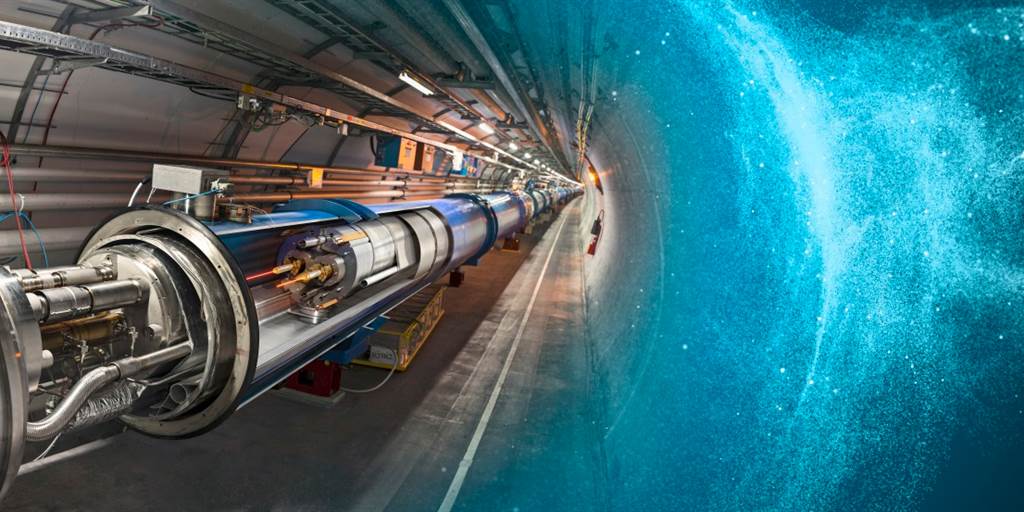Spending billions on a huge particle collider won’t give us the breakthrough discoveries we need.
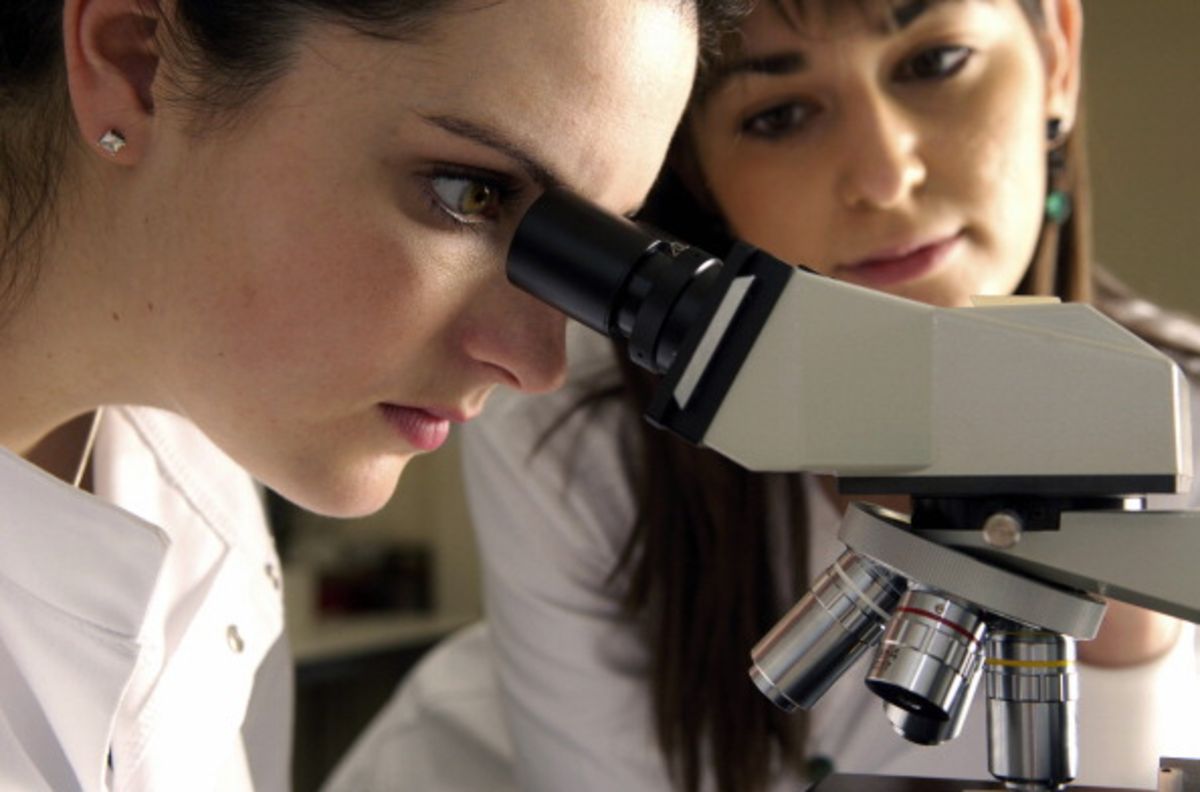


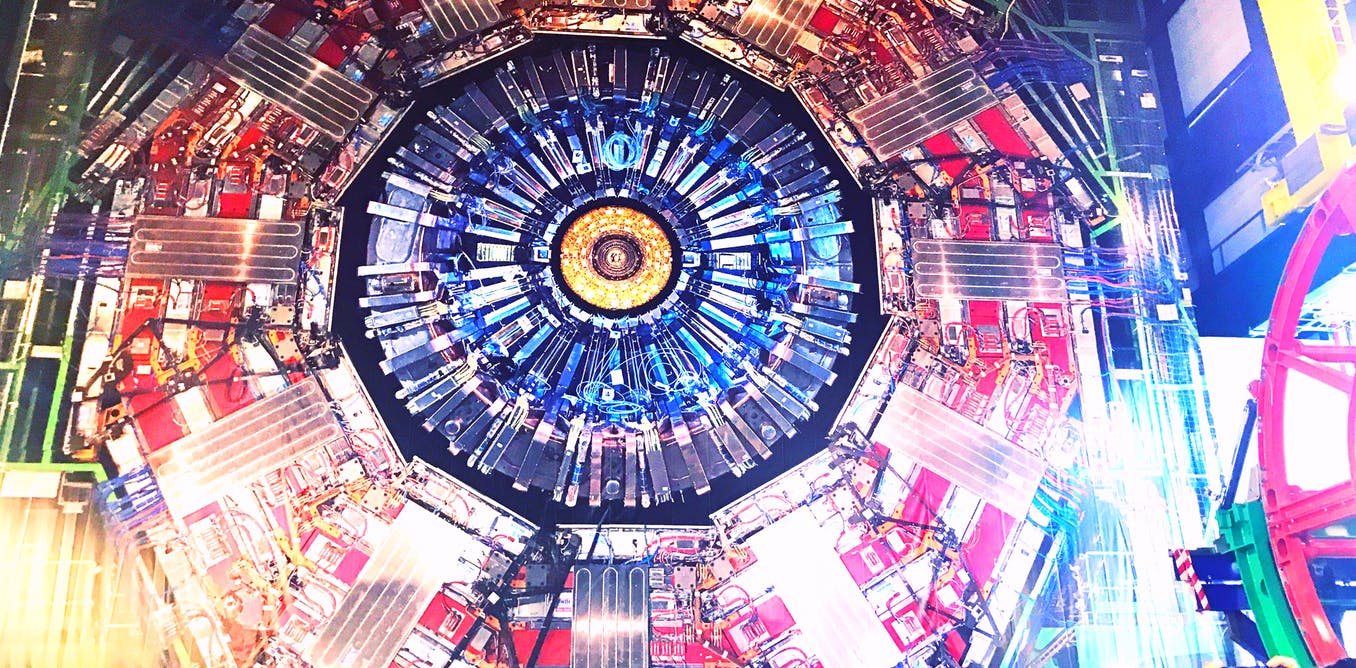
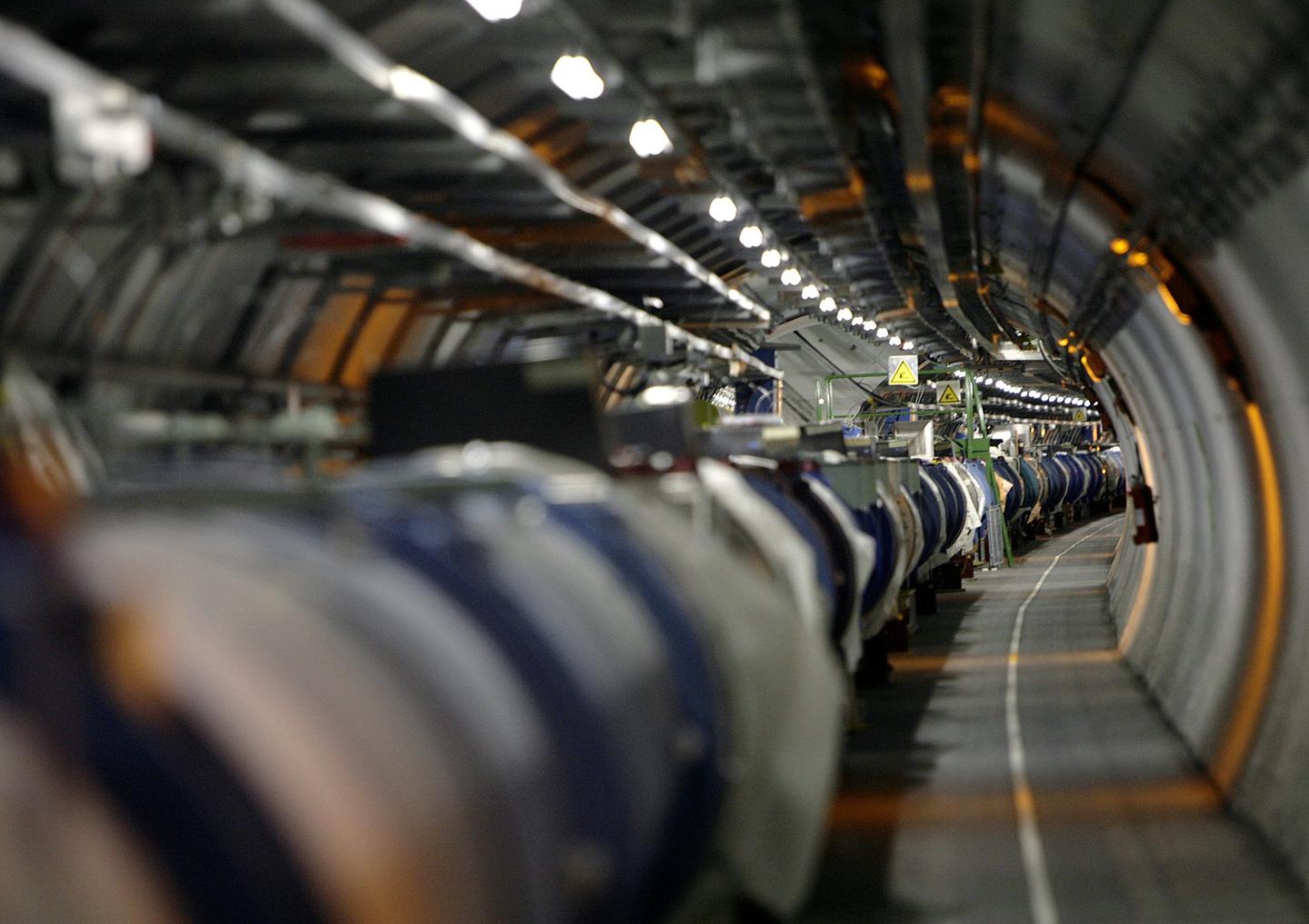
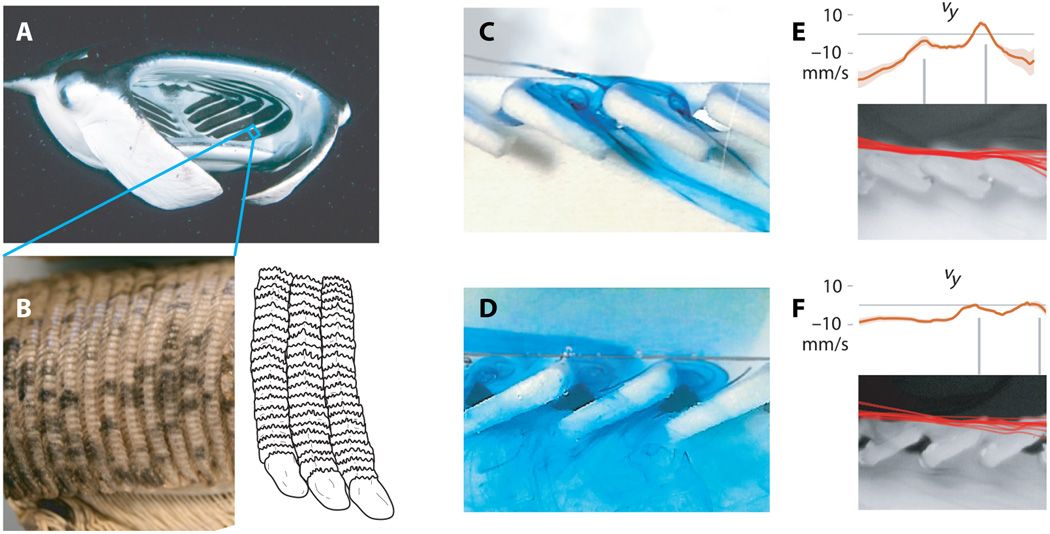
Solid-liquid filtration is a ubiquitous process found in industrial and biological systems. Although implementations vary widely, almost all filtration systems are based on a small set of fundamental separation mechanisms, including sieve, cross-flow, hydrosol, and cyclonic separation. Anatomical studies showed that manta rays have a highly specialized filter-feeding apparatus that does not resemble previously described filtration systems. We examined the fluid flow around the manta filter-feeding apparatus using a combination of physical modeling and computational fluid dynamics. Our results indicate that manta rays use a unique solid-fluid separation mechanism in which direct interception of particles with wing-like structures causes particles to “ricochet” away from the filter pores. This filtration mechanism separates particles smaller than the pore size, allows high flow rates, and resists clogging.
Several fundamental mechanisms for solid-fluid separation have been described in the biological and engineering literature, including sieve (1, 2), cross-flow (3–6), hydrosol , and cyclonic separation. Sieve filtration passes a mixture of particles and fluid through a structure with regularly sized pores, causing the particles to be retained while the fluid is drained. Although effective, sieve filters must have pore sizes smaller than the particle size, and they inevitably clog in use (2, 8, 9). Cross-flow filtration is similar to sieving, except that the incoming flow runs parallel rather than perpendicular to the filter. This configuration shears captured particles off the filter’s surface, which reduces but does not eliminate clogging (5, 6). Unlike sieve and cross-flow filters, hydrosol and cyclonic filtration do not require regularly sized pores.
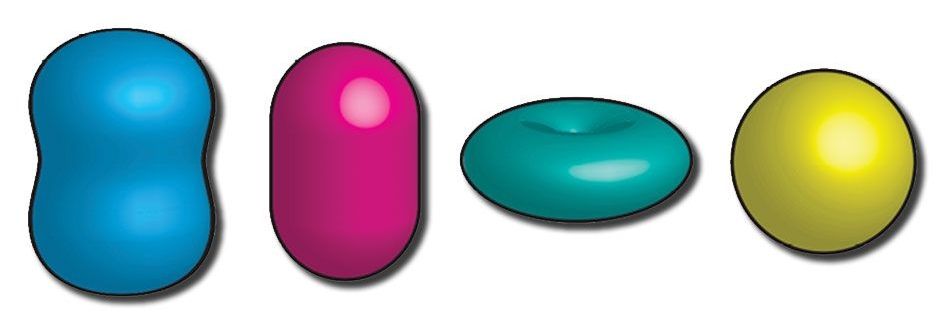
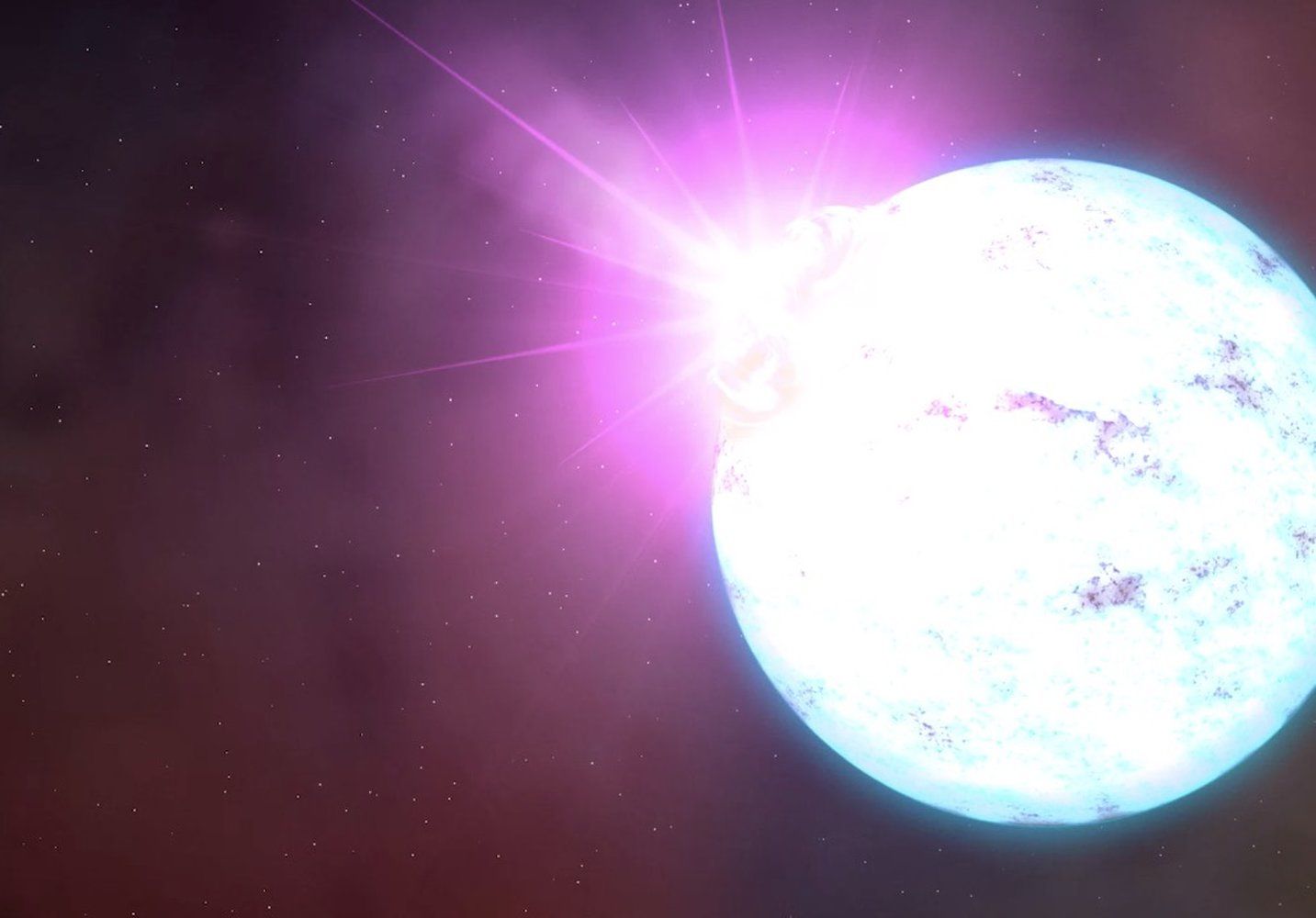
After guiding us across the universe, astrophysicist and Space.com columnist Paul Sutter closes his basic astronomy series this week by looking at the arguments for and against the existence of quark stars.
In Episode 12 of the Facebook Watch series “Ask a Spaceman,” Sutter continues to explore the topic of these stars, finishing a miniseries that began with Episode 10 and Episode 11. Scientists haven’t observed quark stars yet, but the objects may exist. Such a star would be a leftover remnant of a star that exploded and would be packed even more densely than a neutron star; the quark star would have such strong gravity that fundamental particles in the core, such as protons and neutrons, would break down into their constituent parts, called quarks.
“Is there any astrophysical scenario at all that enables them [quark stars] to appear in our universe?” Sutter asks in the new episode. At first, he suggests there might be some things we categorized a dwarf stars that are more dense and massive than what physics would suggest. So, maybe we have seen quark stars, but we can’t tell the difference between a quark star and a neutron star — they look too much alike, Sutter says. [Supernova Fail: Giant Dying Star Collapses Straight into Black Hole].
The constant figures in other situations, making physicists wonder why. Why does nature insist on this number? It has appeared in various calculations in physics since the 1880s, spurring numerous attempts to come up with a Grand Unified Theory that would incorporate the constant since. So far no single explanation took hold. Recent research also introduced the possibility that the constant has actually increased over the last six billion years, even though slightly. If you’d like to know the math behind fine structure constant more specifically, the way you arrive at alpha is by putting the 3 constants h, c, and e together in the equation — As the units c, e, and h cancel each other out, the.
‘Something terribly new’ goes bump in data yet to be confirmed by Atlas detector.
